The High Success of Stem Cell Treatments
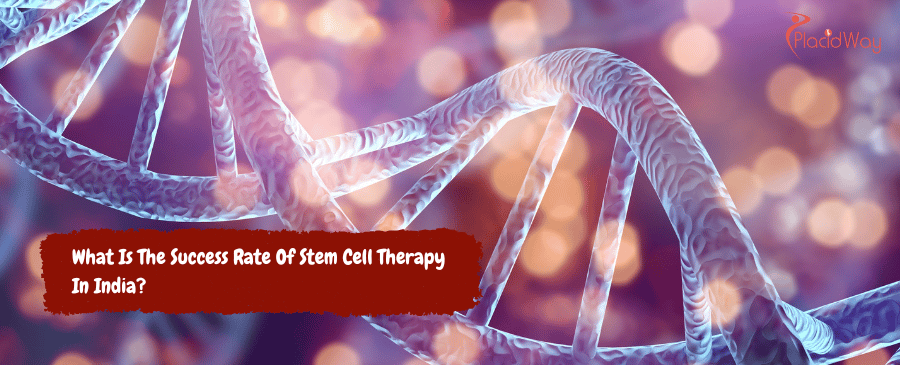
Stem cell therapy in India generally shows a success rate ranging from 60% to 80% for various conditions, with some reports indicating up to 90% in specific cases, especially for autologous stem cell treatments where the patient's own cells are used. This rate can vary significantly depending on the specific disease being treated, the patient's overall health, the stage of the condition, and the type of stem cells used.
Stem cell therapy, also known as regenerative medicine, is a cutting-edge medical approach that uses the body's own powerful healing mechanisms to repair and regenerate damaged tissues. India has emerged as a significant hub for this innovative treatment due to its advanced medical infrastructure, highly skilled professionals, and relatively affordable costs compared to Western countries. Patients from all over the world are increasingly choosing India for their stem cell treatments, seeking hope for conditions where traditional medicine offers limited solutions. This blog post will explore the success rates, treated conditions, safety aspects, and regulatory environment of stem cell therapy in India, providing comprehensive answers to common questions.
What is the overall success rate of stem cell therapy in India?
"The overall success rate of stem cell therapy in India is typically between 60% and 80%, with some clinics reporting higher rates for certain conditions, particularly when using autologous cells."
This success rate is a general estimate and can fluctuate widely based on a multitude of factors. For instance, autologous stem cell therapy, which involves using the patient's own cells, tends to have higher success rates (often cited between 70% and 80%) because there is no risk of immune rejection or graft-versus-host disease. On the other hand, allogeneic treatments, using donor cells, require careful matching to minimize complications, which can impact overall success. It's crucial for patients to understand that "success" can mean different things, from significant symptom reduction and improved quality of life to complete disease reversal, depending on the treated condition.
What specific conditions show promising success rates with stem cell therapy in India?
"Stem cell therapy in India has shown promising success rates for conditions such as osteoarthritis, neurological disorders like cerebral palsy and autism spectrum disorder, certain blood cancers, and spinal cord injuries."
For orthopedic conditions like osteoarthritis, Indian clinics report success rates of 60% to 80% in terms of cartilage repair and pain reduction, with patients often reporting 70-90% improvement in joint mobility and reduced pain. In neurological disorders, children with Cerebral Palsy have shown 50-70% improvement in motor coordination, muscle tone, and speech clarity when stem cell therapy is combined with intensive physiotherapy. For Autism Spectrum Disorder, clinical observations from Indian centers indicate that 60-75% of treated children exhibit better eye contact, reduced repetitive behaviors, and enhanced communication within 6-12 months. In the realm of blood disorders and cancers, hematopoietic stem cell transplantation (HSCT) for conditions like leukemia and lymphoma has a long-standing history of high success rates, ranging from 70-85% depending on the specific cancer subtype and stage.
What factors influence the success rate of stem cell therapy?
"The success rate of stem cell therapy is influenced by the type and source of stem cells used, the patient's age and overall health, the stage and severity of the disease, and the quality of the medical facility and post-treatment care."
Younger patients and those in the early stages of a disease generally respond better to stem cell treatments. The specific type of stem cells (e.g., mesenchymal stem cells from bone marrow or adipose tissue, hematopoietic stem cells from umbilical cord blood) and their method of administration also play a crucial role. Furthermore, the expertise of the medical team, adherence to strict protocols for cell processing and administration, and comprehensive post-therapy rehabilitation significantly contribute to positive outcomes. Advanced-stage conditions may still benefit, but results might be slower and could require multiple sessions or a combination of therapies.
Is stem cell therapy in India regulated for patient safety and efficacy?
"Yes, stem cell therapy in India is regulated by the Indian Council of Medical Research (ICMR) and the Central Drugs Standard Control Organization (CDSCO) to ensure ethical practices and patient safety, though some experimental treatments may still fall outside strict regulatory approvals."
India has established a regulatory framework, including the National Guidelines for Stem Cell Research, to govern the use of stem cells for both research and clinical applications. These guidelines aim to ensure treatments are safe, ethical, and scientifically sound. Clinics offering stem cell therapy are expected to adhere to these regulations, and any unproven or unlicensed treatments are prohibited. Patients should verify that the clinic they choose is accredited and follows approved protocols, as this directly impacts the safety and potential efficacy of the treatment.
What types of stem cells are commonly used in India?
"In India, common types of stem cells used for therapy include autologous bone marrow-derived stem cells, adipose (fat) tissue-derived stem cells, and allogeneic umbilical cord blood stem cells."
Bone marrow-derived stem cells are a rich source of mesenchymal stem cells (MSCs) and hematopoietic stem cells (HSCs), which are highly versatile in their regenerative capabilities. They are often used for orthopedic, neurological, and blood-related conditions. Adipose-derived stem cells, extracted from fat tissue, are also a popular source due to their abundance and ease of collection. Umbilical cord blood stem cells are typically allogeneic (from a donor) and are particularly valuable for treating various blood and immune disorders, as they are young and highly potent. The choice of stem cell type depends on the specific condition being treated and the patient's individual needs.
How long does it take to see results from stem cell therapy in India?
"The time to see results from stem cell therapy in India varies widely, ranging from a few weeks to several months, depending on the condition and the individual patient's response to treatment."
For some acute conditions or inflammatory issues, patients might experience initial improvements within a few weeks. However, for chronic degenerative diseases, the regenerative processes take time, and noticeable improvements often become apparent over 3 to 6 months. Full benefits might even take up to a year or more. It's important to have realistic expectations and understand that stem cell therapy is not an instant cure but rather a process that supports the body's natural healing and regeneration. Continued follow-up with medical professionals is essential to monitor progress.
Are there any risks associated with stem cell therapy in India?
"Like any medical procedure, stem cell therapy in India carries potential risks, including infection, immune rejection (primarily with allogeneic cells), bleeding, pain at the injection site, and, rarely, unintended cell growth."
However, when performed in reputable clinics that adhere to strict safety protocols, the risks are significantly minimized. Autologous stem cell therapy, using the patient's own cells, generally has a lower risk profile as it eliminates the concern of immune rejection. It's crucial for patients to choose clinics with experienced medical teams, state-of-the-art facilities, and a transparent approach to potential risks and benefits. Thorough pre-treatment evaluations and post-treatment monitoring further enhance safety.
What is the cost of stem cell therapy in India compared to other countries?
"The cost of stem cell therapy in India is significantly lower, often 25% to 70% less than in Western countries like the USA or Europe, making it a more affordable option for many international patients."
This cost-effectiveness is a major reason for India's popularity as a medical tourism destination for stem cell treatments. While the exact cost depends on the type of therapy, the number of sessions required, the specific condition, and the clinic, India offers high-quality treatment at a fraction of the price found elsewhere. This affordability does not compromise the quality of care, as many Indian hospitals boast advanced technology and internationally trained medical professionals.
How to choose a reliable stem cell clinic in India?
"To choose a reliable stem cell clinic in India, look for government registration and accreditation, inquire about the experience and qualifications of the medical team, seek transparency in treatment protocols and pricing, and review patient testimonials and outcomes."
It is essential to research thoroughly. Verify that the clinic complies with ICMR and CDSCO guidelines. Ask about the type of stem cells they use, their processing methods, and their safety track record. Reputable clinics will provide clear information about their procedures, potential risks, and expected outcomes. Patient reviews and testimonials can offer valuable insights, but always prioritize clinics that emphasize ethical practices and evidence-based medicine. A proper consultation with a physician who can assess your eligibility and explain the treatment plan is also crucial.
What is the future outlook for stem cell therapy in India?
"The future outlook for stem cell therapy in India is promising, with ongoing research, increasing clinical applications, and a growing focus on personalized medicine and advanced regenerative techniques."
India is actively investing in stem cell research and development, fostering collaborations with international institutions. This continued progress is expected to lead to more refined treatment protocols, wider applications for various diseases, and enhanced success rates. As the regulatory framework evolves and more clinical trials are conducted, stem cell therapy in India is poised to become an even more impactful and accessible treatment option for patients seeking advanced regenerative solutions. Personalized medicine, where treatments are tailored to an individual's unique genetic makeup, is a key area of future development.
For those considering stem cell therapy and other advanced healthcare solutions, exploring options through PlacidWay can provide comprehensive information and guidance to make informed decisions about your medical journey.


.png)



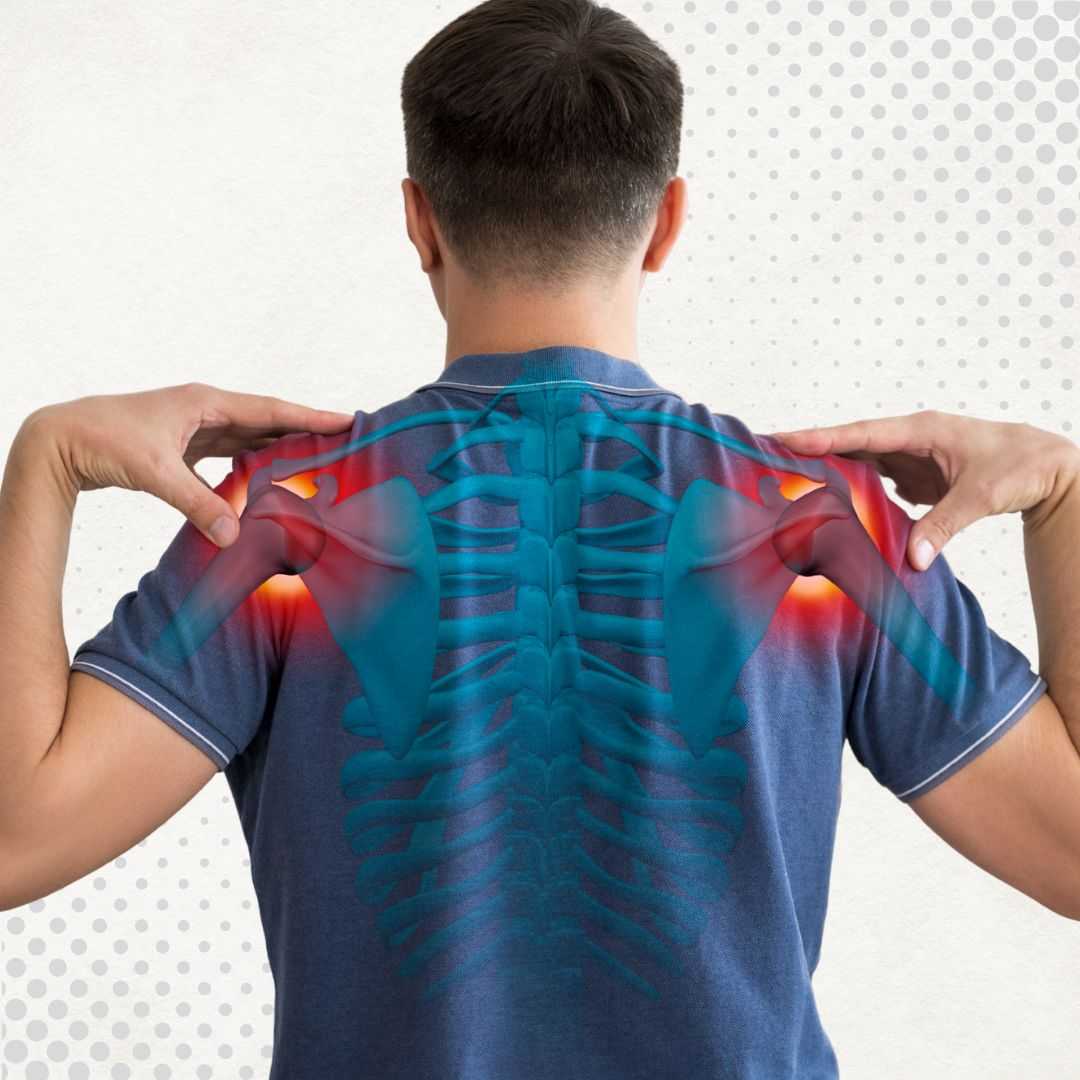

.png)
.png)
.png)
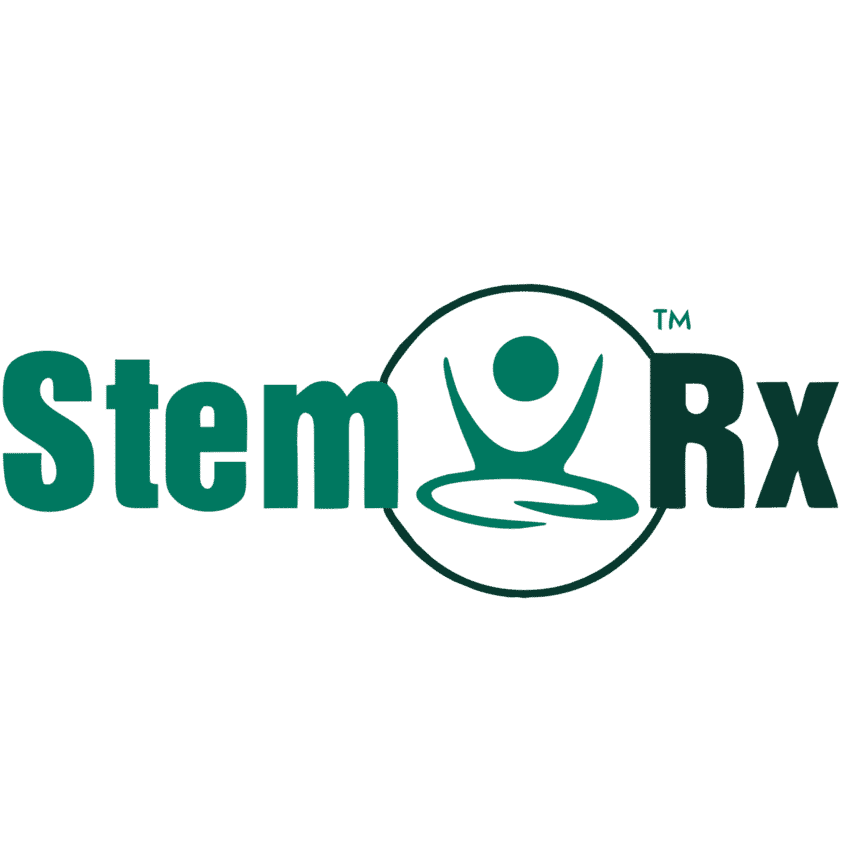
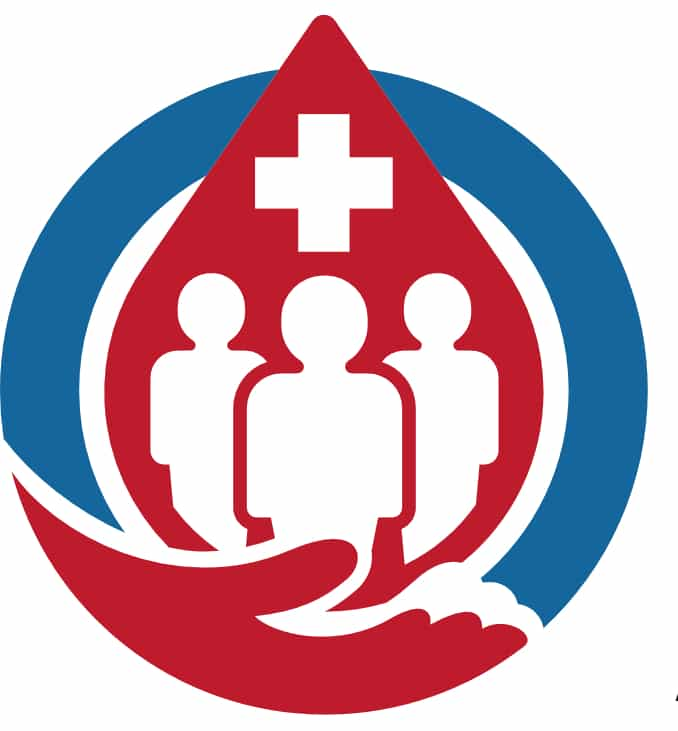
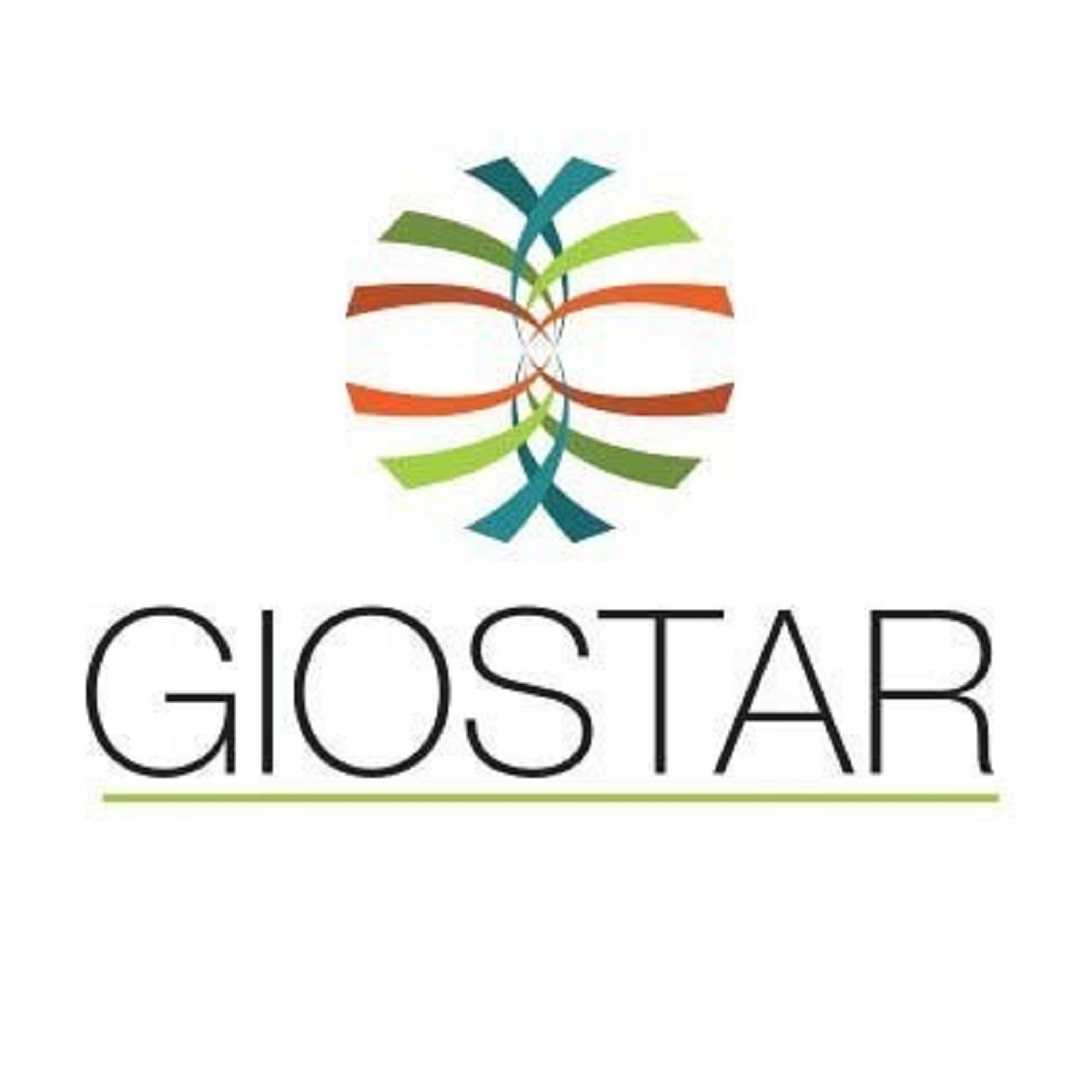
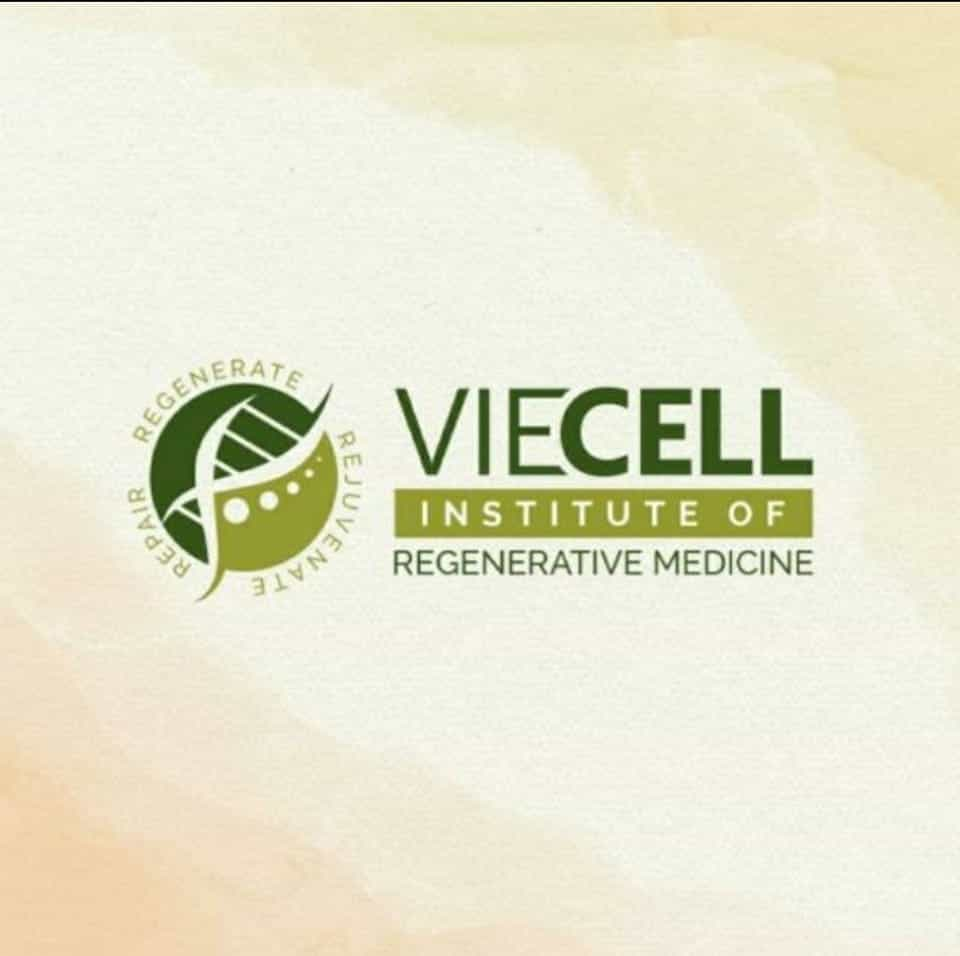
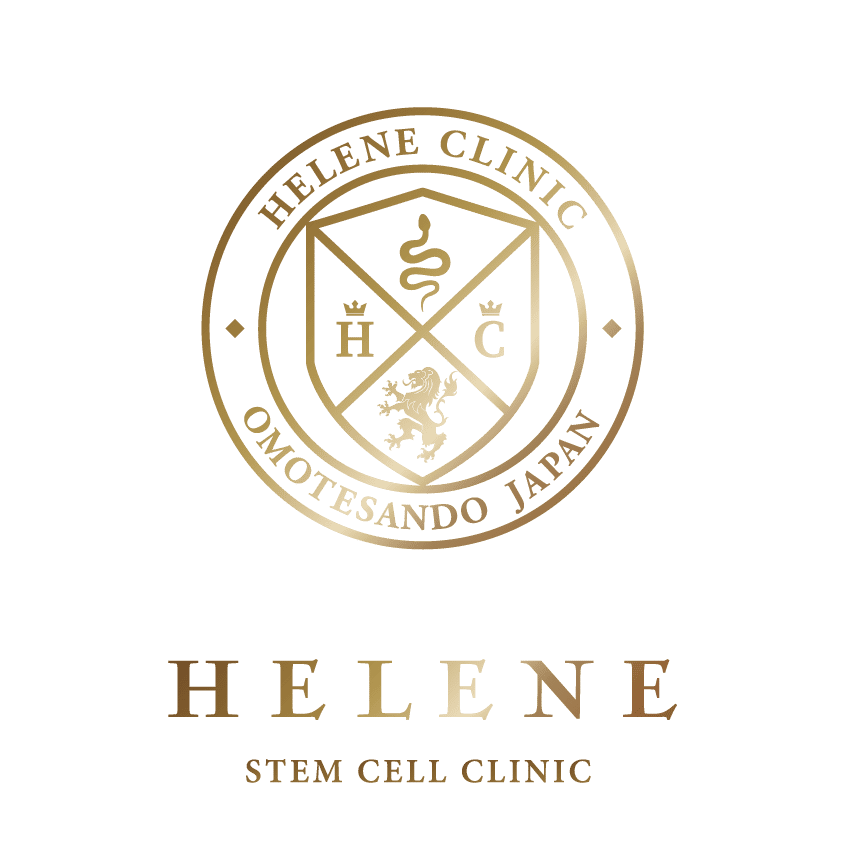

Share this listing